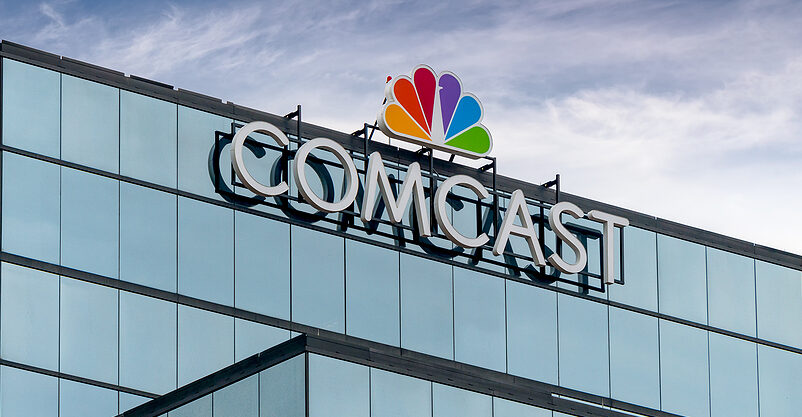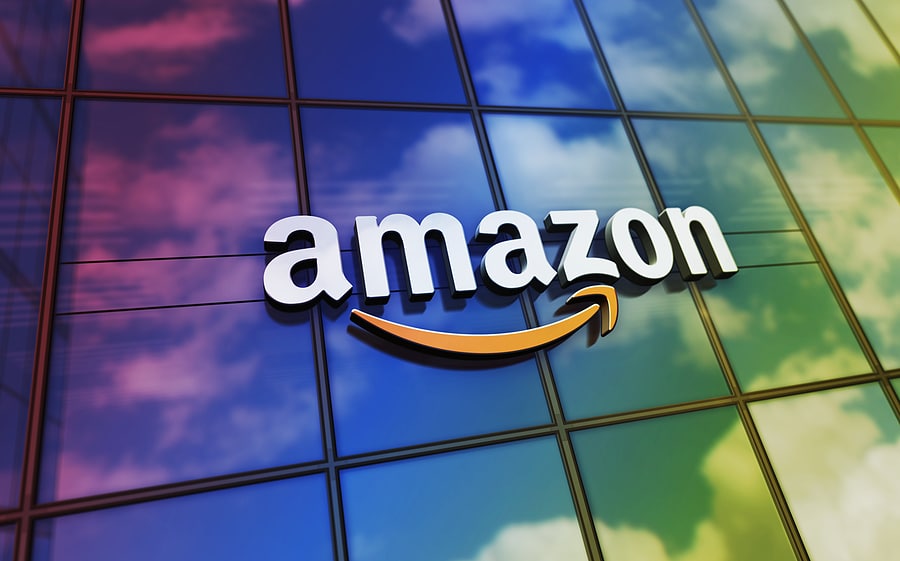
Comcast Q2 2025: Broadband losses moderate but wireless and streaming momentum offer subscription playbook for execs
 Comcast reported Q2 revenue of $30.31 billion, a 2.1 percent increase year over year, with adjusted earnings per share of $1.25 beating expectations. Domestic broadband losses totaled 226,000 subscribers, the highest on record but still less than forecasted, and traditional video subscriptions dropped by 325,000.
Comcast reported Q2 revenue of $30.31 billion, a 2.1 percent increase year over year, with adjusted earnings per share of $1.25 beating expectations. Domestic broadband losses totaled 226,000 subscribers, the highest on record but still less than forecasted, and traditional video subscriptions dropped by 325,000.
Offsetting these declines, Comcast added a record 378,000 Xfinity Mobile lines in the quarter, lifting mobile penetration to about 14 percent of its residential broadband customer base. Peacock streaming revenue climbed roughly 18 percent to $1.23 billion, with subscriber numbers steady at 41 million. Streaming operating losses narrowed from $348 million to approximately $101 million year over year.
Comcast also unveiled a revamped broadband go-to-market strategy, including simplified no-contract plans, a five-year price lock guarantee, elimination of data caps, and a one-year free mobile line, moves intended to slow churn and drive bundle uptake.
With NBCUniversal’s cable networks set to spin off into the separate Versant Media entity later this year, connectivity businesses—broadband, mobile, streaming—will form an increasingly central earnings base for Comcast.
INSIDER TAKE
Subscription executives keen to benchmark Comcast’s convergence model, streamline retention through bundling, or assess how streaming content strategies may impact subscriber loyalty and ARPU will find this quarter’s disclosures especially instructive.
While the company continues to lose broadband and video subscribers at a rapid pace, the losses were smaller than anticipated, offering a partial vote of confidence in Comcast’s new approach. The company is leaning into mobile growth, integrated offerings, and simplified pricing models to mitigate churn and elevate customer lifetime value—tactics increasingly relevant across the subscription economy.
Broadband stabilization is mission critical
Broadband remains the core of Comcast’s recurring revenue model. Though Q2 delivered the worst-ever net loss in broadband subscribers, the result came in below analyst expectations and helped reassure investors. Still, the segment is under heavy pressure from fiber and fixed wireless competitors. Comcast’s strategic pivot—anchored in multi-year pricing commitments and added mobile value—aims to shift the conversation from price to perceived value.
Bundling and convergence drive retention and monetization
The company’s convergence push is delivering results. Mobile penetration is growing rapidly, and Comcast’s bundled offers—including a free mobile line and five-year price lock—are helping reduce churn. Half of new broadband subscribers opt into the long-term pricing plan, and one in five are choosing gigabit-speed tiers. For subscription businesses, the lesson is clear: convergence strategies that reduce friction and increase perceived value can drive measurable retention gains.
Peacock nearing profitability sets an example
Peacock’s performance marks a turning point. While net subscriber growth paused, revenue grew significantly and operating losses declined sharply. With a lighter sports schedule this quarter, Comcast has positioned upcoming NBA coverage and a broader live sports portfolio as growth engines for the back half of the year. The platform’s trajectory shows that profitability in streaming is achievable through disciplined pricing, differentiated content, and sports bundling.
Strategic takeaways for subscription leaders
✔ Address broadband or core product churn with revamped pricing, frictionless cancellation, and retention levers
✔ Invest in convergence: bundling products and services can improve both retention and ARPU
✔ Strengthen content and monetization strategies by embedding premium offerings that support pricing power
✔ Prepare for heightened performance scrutiny as legacy businesses are carved out or spun off





